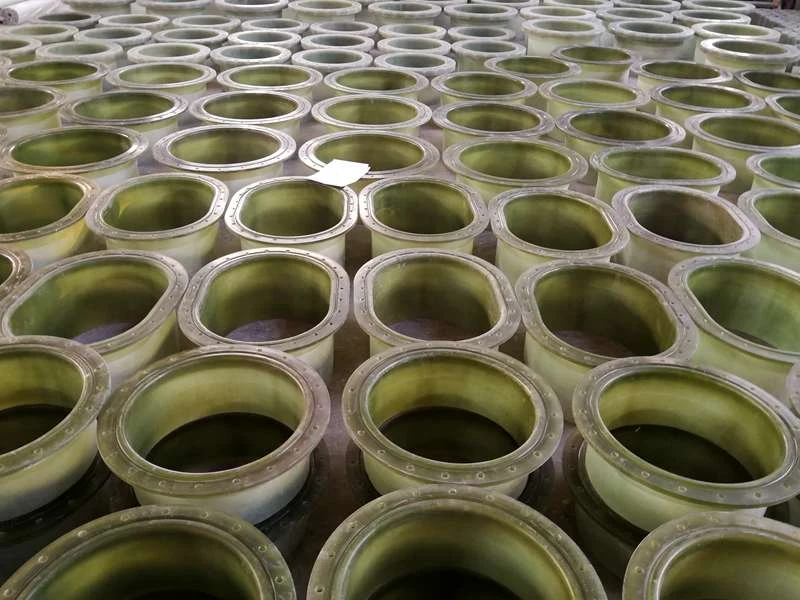
-
 Afrikaans
Afrikaans -
 Albanian
Albanian -
 Amharic
Amharic -
 Arabic
Arabic -
 Armenian
Armenian -
 Azerbaijani
Azerbaijani -
 Basque
Basque -
 Belarusian
Belarusian -
 Bengali
Bengali -
 Bosnian
Bosnian -
 Bulgarian
Bulgarian -
 Catalan
Catalan -
 Cebuano
Cebuano -
 China
China -
 China (Taiwan)
China (Taiwan) -
 Corsican
Corsican -
 Croatian
Croatian -
 Czech
Czech -
 Danish
Danish -
 Dutch
Dutch -
 English
English -
 Esperanto
Esperanto -
 Estonian
Estonian -
 Finnish
Finnish -
 French
French -
 Frisian
Frisian -
 Galician
Galician -
 Georgian
Georgian -
 German
German -
 Greek
Greek -
 Gujarati
Gujarati -
 Haitian Creole
Haitian Creole -
 hausa
hausa -
 hawaiian
hawaiian -
 Hebrew
Hebrew -
 Hindi
Hindi -
 Miao
Miao -
 Hungarian
Hungarian -
 Icelandic
Icelandic -
 igbo
igbo -
 Indonesian
Indonesian -
 irish
irish -
 Italian
Italian -
 Japanese
Japanese -
 Javanese
Javanese -
 Kannada
Kannada -
 kazakh
kazakh -
 Khmer
Khmer -
 Rwandese
Rwandese -
 Korean
Korean -
 Kurdish
Kurdish -
 Kyrgyz
Kyrgyz -
 Lao
Lao -
 Latin
Latin -
 Latvian
Latvian -
 Lithuanian
Lithuanian -
 Luxembourgish
Luxembourgish -
 Macedonian
Macedonian -
 Malgashi
Malgashi -
 Malay
Malay -
 Malayalam
Malayalam -
 Maltese
Maltese -
 Maori
Maori -
 Marathi
Marathi -
 Mongolian
Mongolian -
 Myanmar
Myanmar -
 Nepali
Nepali -
 Norwegian
Norwegian -
 Norwegian
Norwegian -
 Occitan
Occitan -
 Pashto
Pashto -
 Persian
Persian -
 Polish
Polish -
 Portuguese
Portuguese -
 Punjabi
Punjabi -
 Romanian
Romanian -
 Russian
Russian -
 Samoan
Samoan -
 Scottish Gaelic
Scottish Gaelic -
 Serbian
Serbian -
 Sesotho
Sesotho -
 Shona
Shona -
 Sindhi
Sindhi -
 Sinhala
Sinhala -
 Slovak
Slovak -
 Slovenian
Slovenian -
 Somali
Somali -
 Spanish
Spanish -
 Sundanese
Sundanese -
 Swahili
Swahili -
 Swedish
Swedish -
 Tagalog
Tagalog -
 Tajik
Tajik -
 Tamil
Tamil -
 Tatar
Tatar -
 Telugu
Telugu -
 Thai
Thai -
 Turkish
Turkish -
 Turkmen
Turkmen -
 Ukrainian
Ukrainian -
 Urdu
Urdu -
 Uighur
Uighur -
 Uzbek
Uzbek -
 Vietnamese
Vietnamese -
 Welsh
Welsh -
 Bantu
Bantu -
 Yiddish
Yiddish -
 Yoruba
Yoruba -
 Zulu
Zulu
Investigating Effective Approaches to Optimize FRP Laundering Processes and Enhance Efficiency
Exploring Efficient Methods for Streamlining FRP Laundering
In the realm of environmental sustainability, the importance of proper waste management and recycling cannot be overstated. One area that has garnered increasing attention is the laundering of Fiber Reinforced Plastics (FRP), which are widely used in various industries including automotive, aerospace, and construction. As the demand for these composite materials rises, so does the need for effective methods to manage and recycle their waste. This article explores efficient methods for streamlining the laundering of FRP, focusing on both environmental and economic benefits.
Understanding FRP and Its Challenges
Fiber Reinforced Plastics are composites made by combining a polymer matrix with fiber reinforcements, such as glass or carbon fibers. While these materials offer excellent strength-to-weight ratios and corrosion resistance, their disposal poses significant challenges due to the durability and resilience of the matrix. Traditional waste management methods, such as landfilling or incineration, are not only environmentally harmful but also economically inefficient.
The Need for Streamlined Laundering Processes
Streamlining the laundering of FRP is essential for several reasons. Firstly, reducing the volume of waste generated is crucial for maintaining a sustainable environment. Secondly, effective recycling methods can recover valuable fibers and resins, turning potential waste into reusable resources. This not only minimizes environmental impact but also creates economic opportunities in the recycling sector.
Innovative Recycling Technologies
Recent advances in recycling technologies present promising solutions for FRP laundering. One noteworthy method is mechanical recycling, which involves grinding down FRP components into smaller particles that can be repurposed as raw materials for new products. This approach not only conserves resources but also reduces the need for new raw materials, thereby lowering production costs.
exploring efficient methods for streamlining frp laundering

Another method gaining traction is chemical recycling. In this process, FRP waste is subjected to high temperatures in an oxygen-free environment, breaking down the polymer matrix and separating the fibers. This method can yield high-quality raw materials, and the potential for recovering both fibers and resins makes it a highly efficient option for industrial applications.
Implementing Circular Economy Strategies
To further streamline the laundering of FRP, businesses should adopt circular economy principles. This involves designing products for longevity, facilitating easier recycling, and using sustainable materials. By incorporating modular designs that allow for easier disassembly, manufacturers can ensure that FRP waste can be effectively reused and recycled at the end of a product's life cycle.
Moreover, collaboration among stakeholders—manufacturers, recyclers, and regulatory bodies—is vital to create effective recycling systems. Establishing partnerships can lead to the development of standardized processes and regulations that support efficient laundering of FRP, ensuring that all parties are working towards a common goal.
Educating Stakeholders and Consumers
Education and awareness are key components in streamlining the laundering process. Manufacturers should be informed about the best practices for designing recyclable products, while consumers must be made aware of the importance of proper disposal and recycling options for FRP items. Awareness campaigns can be instrumental in shifting public perception and encouraging responsible behaviors that support sustainability.
Conclusion
In conclusion, exploring efficient methods for streamlining FRP laundering is essential in the pursuit of environmental sustainability. By leveraging innovative recycling technologies, implementing circular economy strategies, and fostering collaboration among stakeholders, the industry can optimize the management of FRP waste. As we move towards a more sustainable future, the emphasis on effective laundering processes will not only benefit the environment but also create economic opportunities in the recycling sector. The advancement of FRP laundering techniques represents a crucial step towards reducing the ecological footprint of these valuable materials and promoting a more sustainable industrial landscape.









